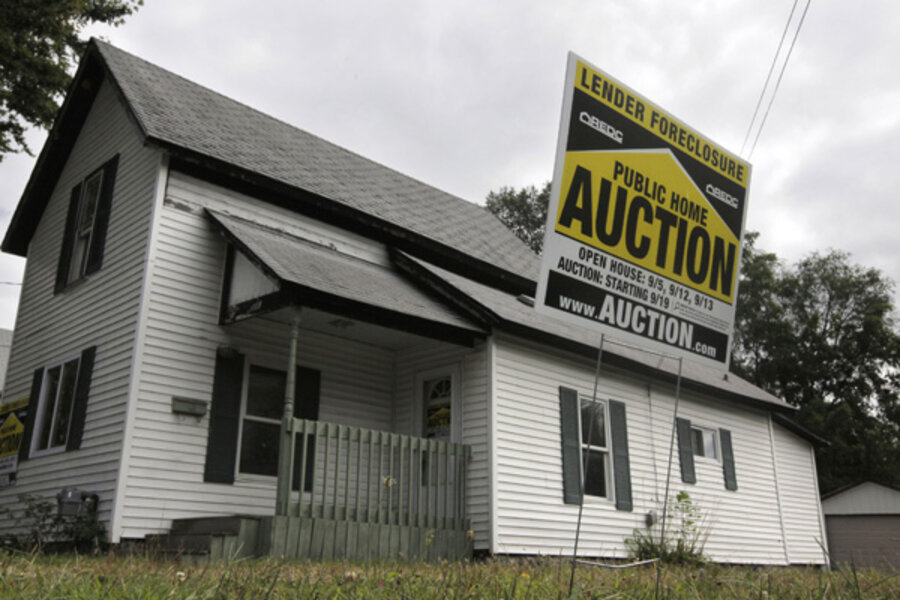The bygone middle-class golden era
Loading...
Alexandria, Virgina — Middle-class wage stagnation and overall income inequality were US economic realities already growing in severity before the financial crisis hit. They were obscured for some time by the illusory wealth of the housing bubble, but the issues are now again in plain view… where “most Americans have been treading water” while the wealthiest one percent have seen their salaries increase threefold.
From the Financial Times:
“Dubbed ‘median wage stagnation’ by economists, the annual incomes of the bottom 90 per cent of US families have been essentially flat since 1973 – having risen by only 10 per cent in real terms over the past 37 years. [...] In the last expansion, which started in January 2002 and ended in December 2007, the median US household income dropped by $2,000 – the first ever instance where most Americans were worse off at the end of a cycle than at the start. Worse is that the long era of stagnating incomes has been accompanied by something profoundly un-American: declining income mobility…
“…Nowadays in America, you have a smaller chance of swapping your lower income bracket for a higher one than in almost any other developed economy – even Britain on some measures. To invert the classic Horatio Alger stories, in today’s America if you are born in rags, you are likelier to stay in rags than in almost any corner of old Europe. Combine those two deep-seated trends with a third – steeply rising inequality – and you get the slow-burning crisis of American capitalism. It is one thing to suffer grinding income stagnation. It is another to realise that you have a diminishing likelihood of escaping it…
“…[renowned Harvard economist Larry Katz] offers the most compelling analogy. ‘Think of the American economy as a large apartment block,’ says the softly spoken professor. ‘A century ago – even 30 years ago – it was the object of envy. But in the last generation its character has changed. The penthouses at the top keep getting larger and larger. The apartments in the middle are feeling more and more squeezed and the basement has flooded. To round it off, the elevator is no longer working. That broken elevator is what gets people down the most.’”
The picture painted is that of a triple threat to the middle-class engine of the US economy: stagnating wages for most, diminished opportunity for upward income mobility, and rising income inequality. According to the FT, a substantial majority of polled Americans “expect their children to be worse off than they are,” and with that the “golden era of the American middle class” remains on the decline. You can read more details in the Financial Times reportage of America’s middle-class crisis.
Add/view comments on this post.
------------------------------
The Christian Science Monitor has assembled a diverse group of the best economy-related bloggers out there. Our guest bloggers are not employed or directed by the Monitor and the views expressed are the bloggers' own, as is responsibility for the content of their blogs. To contact us about a blogger, click here. To add or view a comment on a guest blog, please go to the blogger's own site by clicking on the link above.


